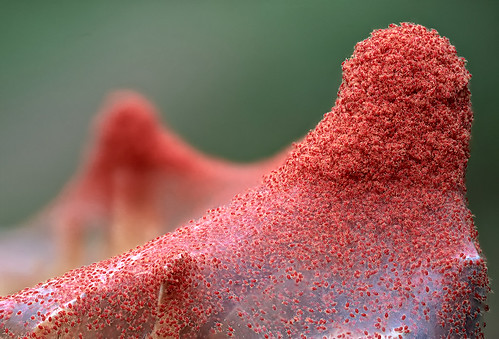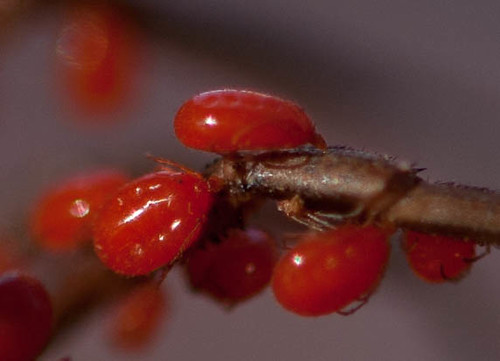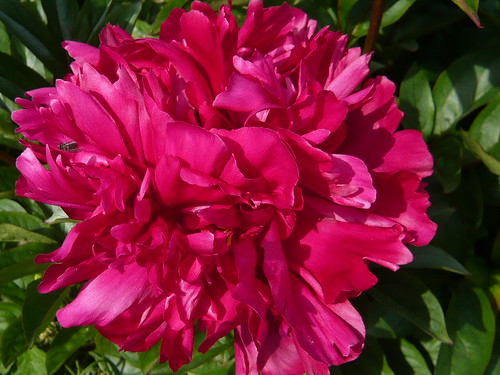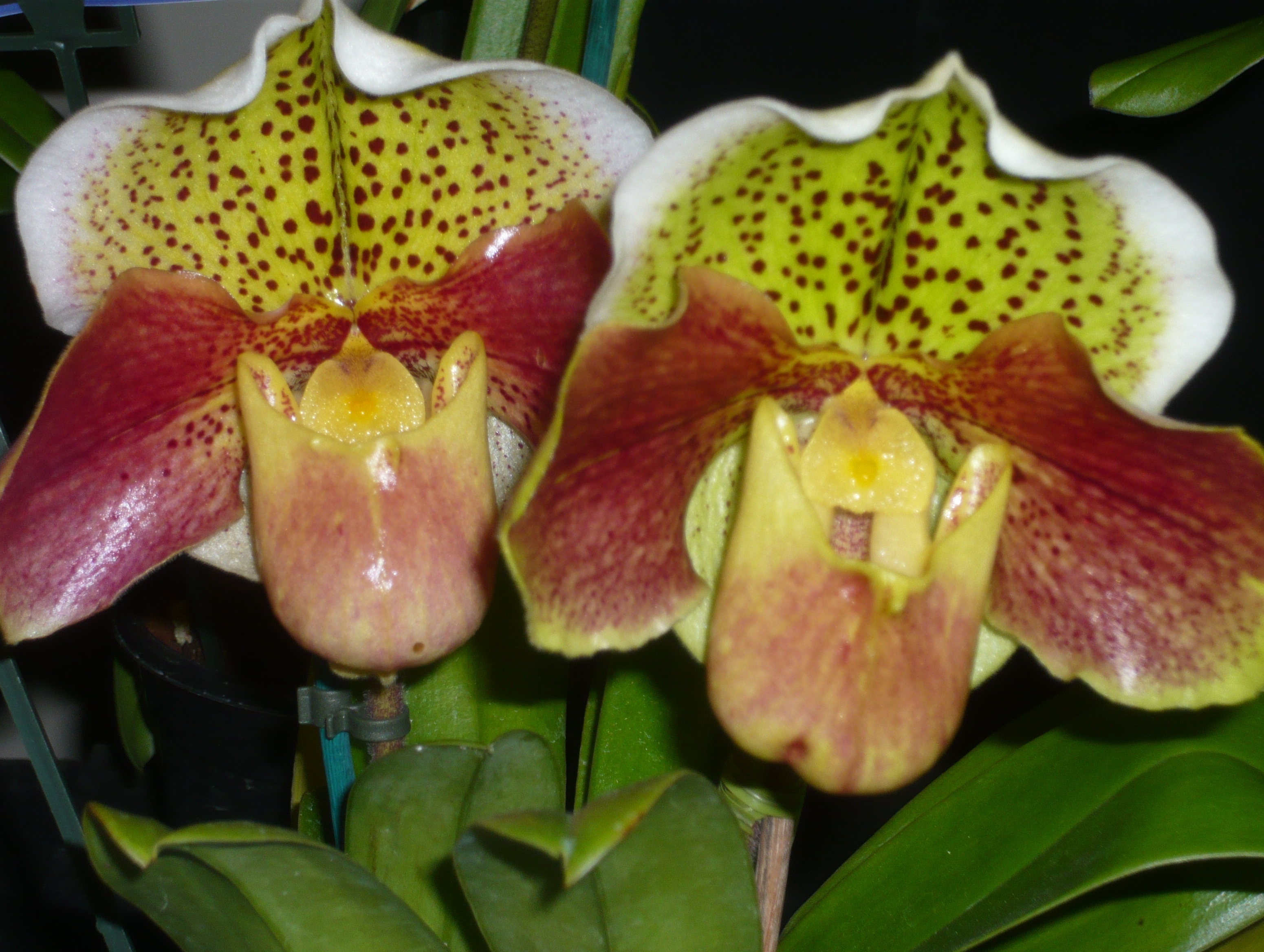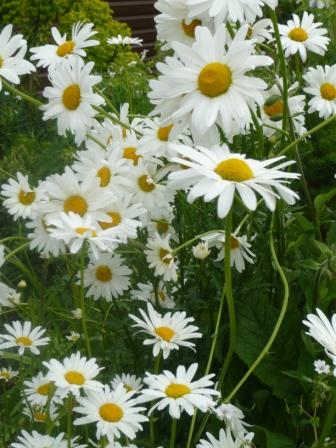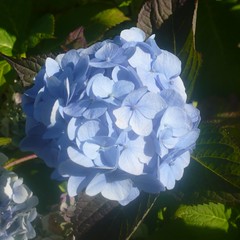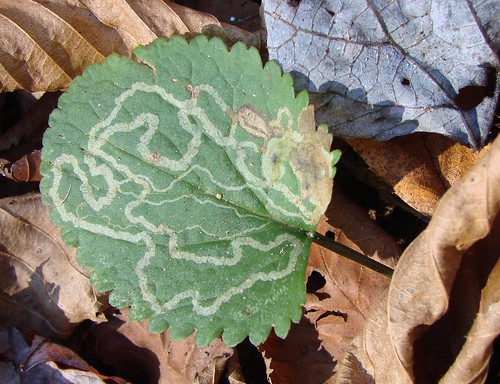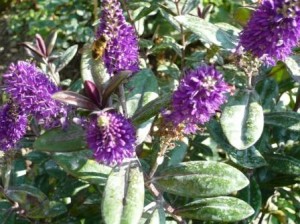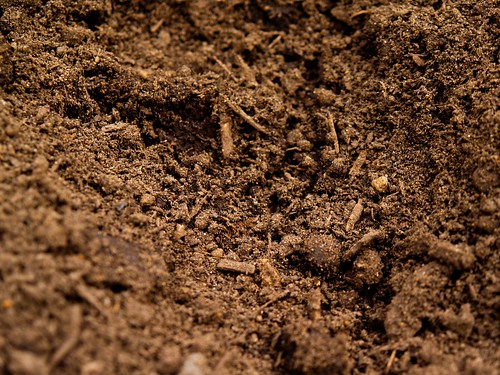Red Spider Mite Control and Prevention
There are a lot of things to go wrong with plants in the greenhouse but a red spider mite infestation is one of the most frustrating. This tomato plant in India has had its day.
Basic Information on Red Spider Mite
- Plants such as tomatoes, cucumbers and strawberries grown indoors in poly-tunnels or greenhouses are the most susceptible . Apple, peach and plum trees can also suffer.
- Identifying the mites by the naked eye is difficult but the webs between plant stems often show up when watering or by evening torch light.
- Plant damage is mainly to the leaves with light mottling, loss of colour and curled edges. This is followed by leaf fall and death or the plant.
Organic Control of Red Spider Mite
- Keep the atmosphere humid by misting, spraying the underside of leaves and damping down the soil to discourage development and destroy breeding sites.
- Eliminate over wintering sites by clearing out debris and disinfecting plant pots
- Hot dry conditions attract red spider mites so give your pot plants some fresh air outside.
- Use a biological control which breeds faster than the red spider mite and eats them and their eggs as its staple diet. Phytoseiulus persimillis will do the job these insects die when all the mites are eaten so you need new stock each year.
- Spider mite killer and bio-controls available from Amazon and Tozer seeds.
This summer has seen a new control of red spider mites. It is called bad weather.
Credit
Red spider mite (Tetranychus urticae) by Gnilenkov Aleksey CC BY 2.0
Red Spider Mite – Mitopus morio by omarrun CC BY 2.0

